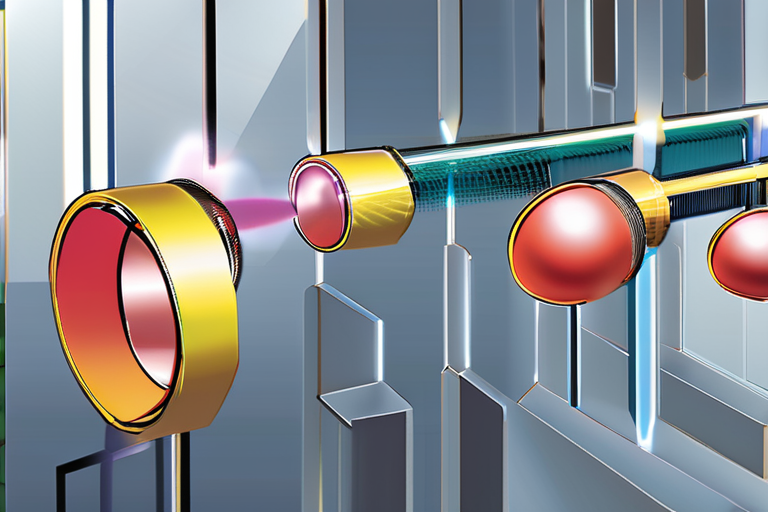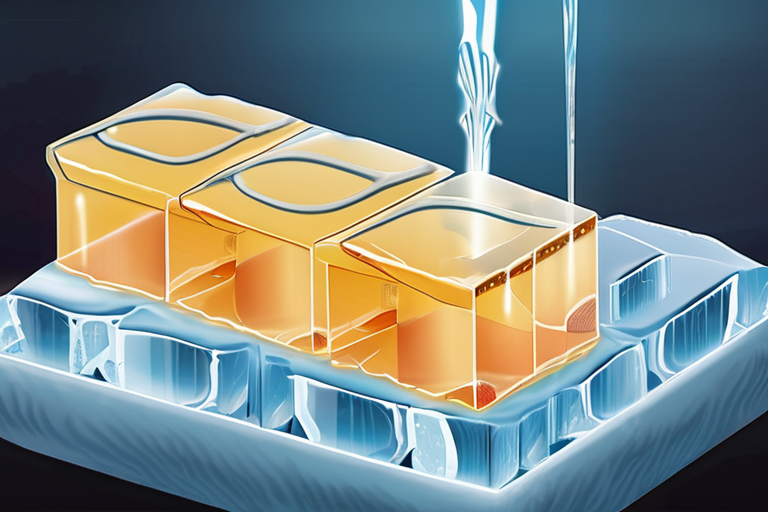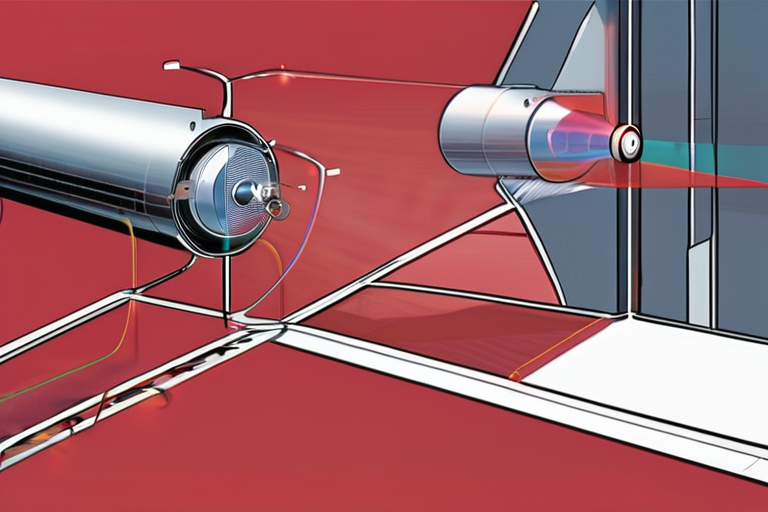Stanford scientists have discovered that strontium titanate, a previously overlooked material, exhibits extraordinary optical and mechanical properties when frozen to near absolute zero. According to a recent study published by the research organization, the material's nonlinear and piezoelectric properties make it ideal for cryogenic quantum technologies, which have the potential to revolutionize fields such as lasers, computing, and space exploration.
The study, conducted by a team of engineers at Stanford University, found that strontium titanate crystals outperform every comparable material tested in low-temperature environments, revealing exceptional strength and durability. "We were surprised to find that strontium titanate improves its performance at cryogenic temperatures, rather than weakening like other materials," said Dr. Maria Rodriguez, lead researcher on the project. "This discovery has significant implications for the development of quantum devices, which require precise control over light and matter at extremely low temperatures."
Strontium titanate, a relatively inexpensive and accessible material, has been used in various applications, including ceramics and electronics. However, its unique properties at cryogenic temperatures make it an attractive candidate for advanced quantum technologies. "The fact that strontium titanate can be used to sculpt light fields orders of magnitude better than any other material is a game-changer for the field of quantum computing," said Dr. John Lee, a quantum computing expert at Stanford University.
The discovery of strontium titanate's extraordinary properties at cryogenic temperatures has significant implications for the development of quantum devices, which are used in applications such as quantum computing, quantum communication, and quantum simulation. These devices require precise control over light and matter at extremely low temperatures, making strontium titanate an ideal material for this purpose.
The study's findings have sparked excitement in the scientific community, with many researchers and engineers eager to explore the potential applications of strontium titanate in quantum technologies. "This discovery is a major breakthrough for the field of quantum technology, and we are eager to see how it will be used to advance our understanding of the universe," said Dr. Rodriguez.
The researchers at Stanford University plan to continue studying the properties of strontium titanate and exploring its potential applications in quantum technologies. They also hope to collaborate with other researchers and industry partners to develop new devices and technologies that can take advantage of the material's extraordinary properties.


























Share & Engage Share
Share this article